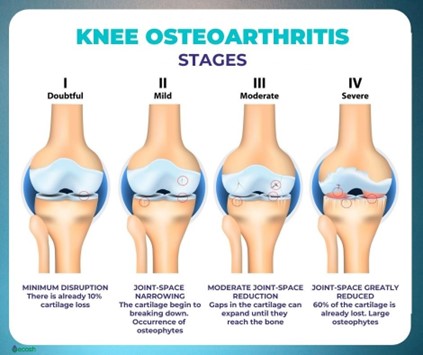A nurse is visiting with the family of a client who has just died. Which of the following actions should the nurse take to promote comfort for the family?
Allow the family as much time as they want with the client.
Use paper tape to hold the client's eyelids open.
Place the client in a supine position.
Avoid repeating information about the client's death.
The Correct Answer is A
The nurse should allow the family as much time as they want with the client who has just died. This promotes comfort for the family and allows them to say goodbye to their loved one.
a) Using paper tape to hold the client's eyelids open is not appropriate and can be distressing for the family.
b) Placing the client in a supine position is not necessary and may not be comfortable for the client.
c) Avoiding repeating information about the client's death is not helpful. The nurse should provide clear and honest information to the family and answer any questions they may have.
Nursing Test Bank
Naxlex Comprehensive Predictor Exams
Related Questions
Correct Answer is C
Explanation
The statement by the client that indicates an understanding of the teaching is "I plan to take water aerobics classes at the gym near my house." Exercise is an important part of managing osteoarthritis, and water aerobics is a low-impact exercise that can help improve joint mobility and reduce pain.
Option ais incorrect because applying cold compresses may not be the most effective way to manage pain associated with osteoarthritis. Heat therapy is often more effective for this condition.
Option b is incorrect because limiting purine intake in the diet is recommended for clients with gout, not osteoarthritis.
Option d is incorrect because ibuprofen can be an effective pain reliever for clients with osteoarthritis.

Correct Answer is A
Explanation
A. You have the right to refuse the recommended treatment plan.
As a nurse, it’s essential to respect the autonomy and decision-making capacity of your patients. Patients have the right to make informed choices about their own healthcare, including whether to accept or decline treatment recommendations. By acknowledging the patient’s right to refuse treatment, you empower them to be active participants in their care.
B.Option b is not the correct answer because it focuses on informing the provider without addressing the client's concerns or providing guidance.
C.Option c is not the correct answer because it emphasizes the medical consequences of not treating the cancer without acknowledging the client's personal beliefs or values.
D. In cases like yours, it is best to talk with your clergyperson before deciding this.
While option D acknowledges the importance of seeking emotional and spiritual support during difficult decisions, it does not directly address the patient’s right to refuse treatment. As a nurse, your primary responsibility is to respect the patient’s autonomy and provide accurate information about their treatment options. Encouraging open communication with a clergyperson or any other trusted individual can be beneficial, but it should not override the patient’s right to make their own decisions regarding their healthcare.
Whether you are a student looking to ace your exams or a practicing nurse seeking to enhance your expertise , our nursing education contents will empower you with the confidence and competence to make a difference in the lives of patients and become a respected leader in the healthcare field.
Visit Naxlex, invest in your future and unlock endless possibilities with our unparalleled nursing education contents today
Report Wrong Answer on the Current Question
Do you disagree with the answer? If yes, what is your expected answer? Explain.
Kindly be descriptive with the issue you are facing.
